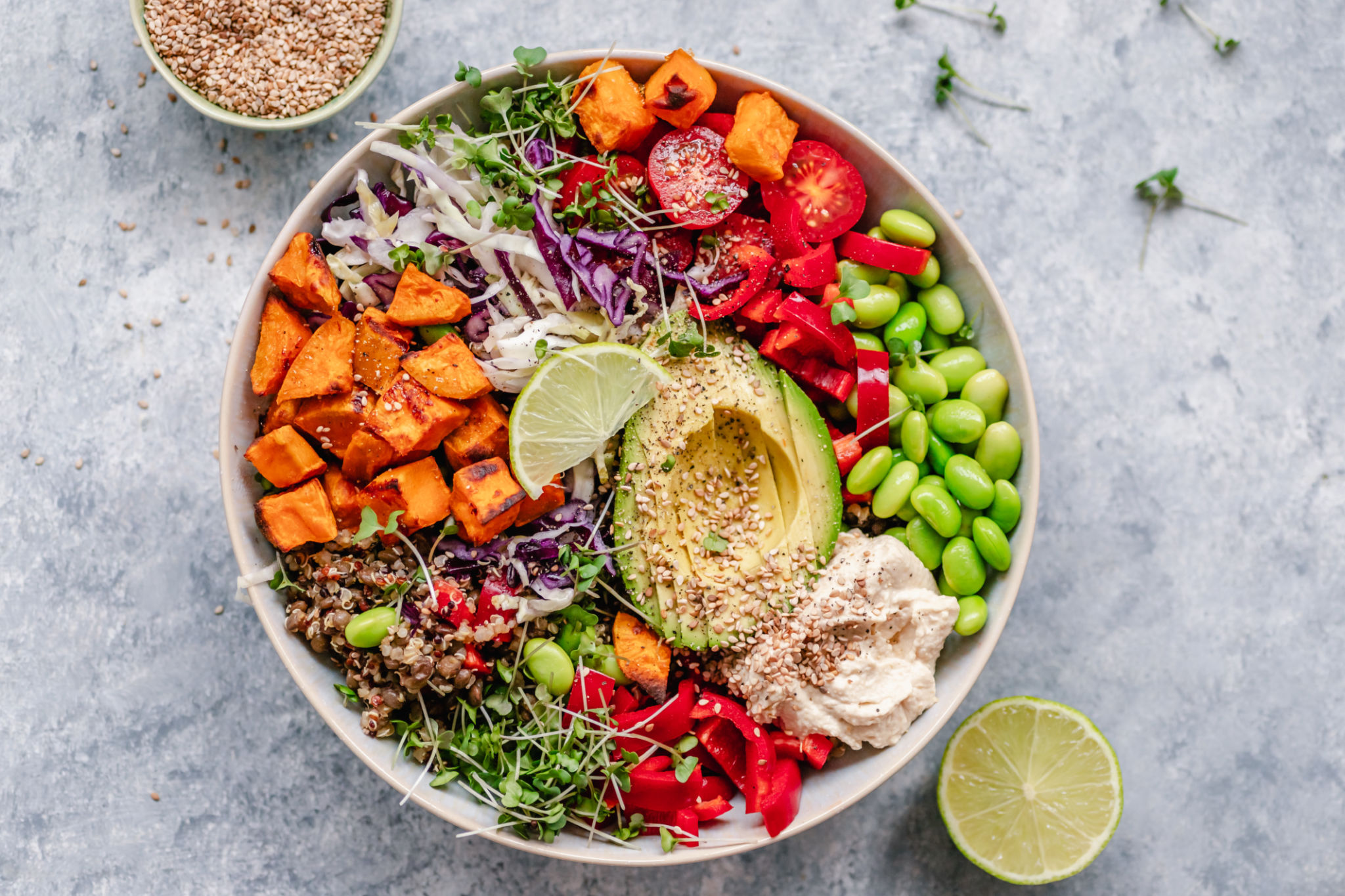Plant-Based Meals vs. Traditional Diets: What You Need to Know
Understanding Plant-Based Meals
In recent years, plant-based meals have surged in popularity as more individuals seek healthier and more sustainable dietary options. These meals primarily consist of fruits, vegetables, legumes, nuts, and seeds, with little to no animal products. The rise of plant-based diets is not just a trend but a significant shift in how we view food consumption.
One of the primary reasons people opt for plant-based meals is the potential health benefits. Studies suggest that these diets are associated with a lower risk of heart disease, hypertension, and certain types of cancer. Additionally, they are typically lower in calories and saturated fats compared to traditional diets.

The Benefits of Plant-Based Diets
Adopting a plant-based diet offers numerous advantages. Firstly, it promotes weight management as most plant-based foods are nutrient-dense yet low in calories. This can be particularly beneficial for those looking to maintain or lose weight without compromising on nutrition.
Furthermore, plant-based diets are rich in fiber, which aids digestion and helps maintain healthy blood sugar levels. Fiber also contributes to a feeling of fullness, reducing the likelihood of overeating.

Exploring Traditional Diets
Traditional diets, on the other hand, encompass a wide range of eating habits that include animal products like meat, dairy, and eggs. These diets vary greatly across different cultures and regions but are generally characterized by their inclusion of protein-rich animal sources.
Many people find traditional diets satisfying and familiar, providing essential nutrients such as vitamin B12, iron, and omega-3 fatty acids. For some, these nutrients can be more challenging to obtain from a strictly plant-based diet without careful planning.
Comparing Nutritional Aspects
When comparing plant-based meals to traditional diets, it's essential to consider the nutritional aspects of each. While plant-based meals are high in vitamins and minerals, traditional diets often provide more complete proteins and certain micronutrients that can be harder to find in plant sources.
For those interested in a balanced approach, a flexitarian diet—primarily plant-based with occasional meat or fish—can provide the best of both worlds. This allows individuals to reap the benefits of plant-based eating while still enjoying the nutritional advantages of animal products.

Making the Transition
If you're considering transitioning to a plant-based diet, it's important to do so gradually. Start by incorporating more plant-based meals into your weekly routine. Experiment with different ingredients and cooking methods to find what works best for you.
Remember, a successful transition involves ensuring you receive all necessary nutrients. This may include taking supplements or consulting with a nutritionist to create a well-rounded meal plan.

Conclusion
Whether you choose a plant-based diet or stick with a traditional one, the key is finding a balance that aligns with your health goals and lifestyle. Both dietary approaches have their benefits and potential drawbacks, so it's essential to make informed decisions. Ultimately, the best diet is one that supports your well-being and is sustainable for you in the long term.